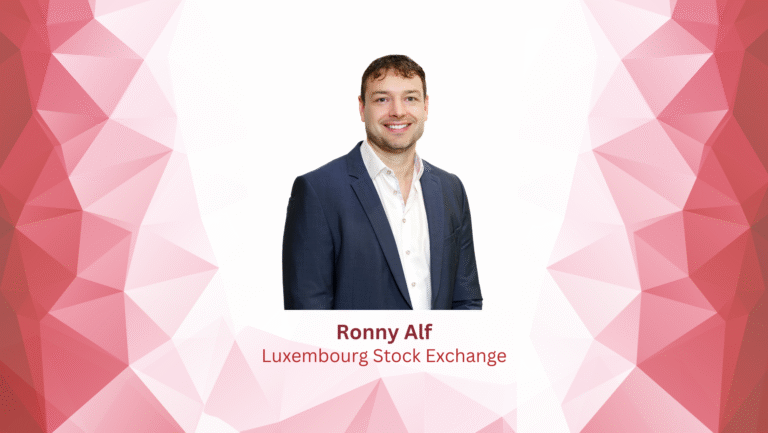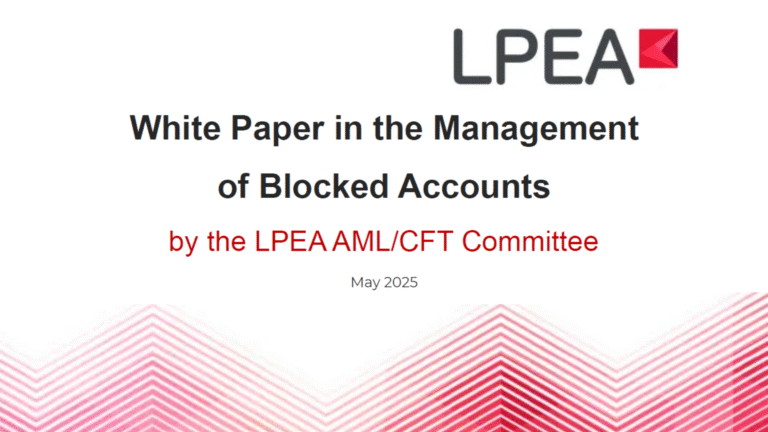Interview of Henning Schwabe, Francis Kass and Marc Mouton, Partners at Arendt & Medernach, by Evi Gkini Business Development and Project Manager at LPEA as featured in Insight/Out Magazine #21
On January 4th, 2022, the Commission de Surveillance du Secteur Financier (CSSF), the Luxembourg regulator, released updated versions of its FAQs on virtual assets, one addressed to Undertakings for collective investment (UCI), originally issued on November 29th, 2021, and one addressed to credit institutions, originally issued on December 23rd, 2021. These two FAQs form part of the CSSF guidance on virtual assets, as initially published on November 29th, 2021.
Could you please explain to us the context that led the CSSF to publish a guidance on virtual assets?
Henning Schwabe: 2021 has been another record-breaking year in terms of virtual assets: Bitcoin reached an all-time high in November 2021 and non-fungible tokens (NFTs) have gained a tremendous popularity.
The quick progression of the use of virtual assets raises a number of questions from a regulatory perspective. In fact, investing in those complex and virtual instruments presents certain inherent risks: liquidity risk, fraud, technical risk, money laundering or terrorism financing.
Actually, the CSSF already addressed the subject a few years ago: in 2018, it published two warnings regarding financial activities involving virtual assets. In the meantime, fund managers and service providers have become more knowledgeable with respect to virtual assets and investment funds’ interest for virtual assets has been growing ever since. For this reason, the CSSF wanted to clarify which types of Luxembourg funds can invest in virtual assets and which conditions have to be met by their service providers.
The interest for virtual assets is such that the European Commission has released a digital finance package and that very recently, on January 21st and 24th, 2022, the CSSF released two guides on the risks associated with the use of distributed ledger technologies (DLT) and, in particular, through a blockchain.
What is new? What issues did the CSSF address in its FAQs?
Francis Kass: The CSSF has clarified that Alternative investment funds (AIF) are allowed to invest in virtual assets, directly or indirectly, provided that their units are marketed to professional investors only.
Credit institutions are also allowed to invest in virtual assets, subject to compliance with certain special accounting and capital-related considerations, and to provide also services linked to virtual assets to their customers under certain conditions.
Henning Schwabe: On the other hand, Undertakings for collective investment in transferable securities (UCITS), UCIs addressing non-professional customers and pension funds are not allowed to invest in virtual assets, neither directly, nor through derivatives. But, assets that qualify as financial instruments, e.g. shares of a company specialized in virtual assets, could potentially be eligible investments for UCITS.
You are saying that the CSSF, in its FAQs, clarified which conditions have to be met by the service providers of investment funds investing into virtual assets. Can you tell us more about this?
Francis Kass: Each authorized investment fund manager that intends to manage an AIF, regulated or not, investing in virtual assets, needs to obtain a prior authorization from the CSSF, with respect to the “Other-Other Fund-Virtual assets” strategy. The CSSF emphasizes that investing in virtual assets presents an inherent risk. Therefore, investment managers need to make a case-by-case evaluation of the impact of these investments on the risk profile of the investment fund.
Fund depositaries must put in place adequate organisational arrangements and an appropriate operational model, considering the specific risks related to the safekeeping of virtual assets. Before acting as depositary for an investment fund investing directly in virtual assets, depositaries must notify the CSSF.
Marc Mouton: Moreover, if a credit institution intends to provide itself services related to the safekeeping or the administration of virtual assets, such credit institution must register as a virtual asset service provider (VASP) with the CSSF. Credit institutions can accordingly act as a VASP and register as such.
Do credit institutions that intend to invest in virtual assets or to provide services in relation to virtual assets need to comply with any specific obligations?
Marc Mouton: Regarding credit institutions using VASPs such as specialised virtual assets exchanges and custody platforms, they should avoid that operational disruptions and failures of their VASPs spread to their regulated financial activities. They should also consider the risks set out in more detail in the CSSF whitepaper on DLT. The CSSF also expects them to set up an effective investor protection framework and to have the corresponding knowledge, competence, expertise, infrastructure and human resources.
Besides the inherent risk of investing in virtual assets, are there any other considerations to take into account?
Francis Kass: There is a lot to consider when investing in virtual assets. One additional main consideration is the risk of money laundering and terrorism financing. Consequently, the CSSF expects that the member of senior management in charge of AML/CTF matters as well as the AML compliance officer of entities investing in virtual assets possess, and can demonstrate, an adequate understanding of the new money laundering, terrorism financing, proliferating financing risks posed by virtual assets and the necessary measures to mitigate them.
It seems that investment funds and virtual assets have a long and bright future ahead of them, but what is next? What can we expect in the coming months?
Henning Schwabe: The industry is currently in contact with the CSSF to clarify some questions that are still under discussion. This is why we can expect some further updates on the FAQs to be issued by the CSSF in the near future.
In addition to that, the European digital finance package, composed of MiCA, DORA and the DLT pilot regime, will set the tone for the next coming years when these proposals will be effective. Further interesting developments are thus to be expected and the reflection on how to address the upcoming challenges continues.




